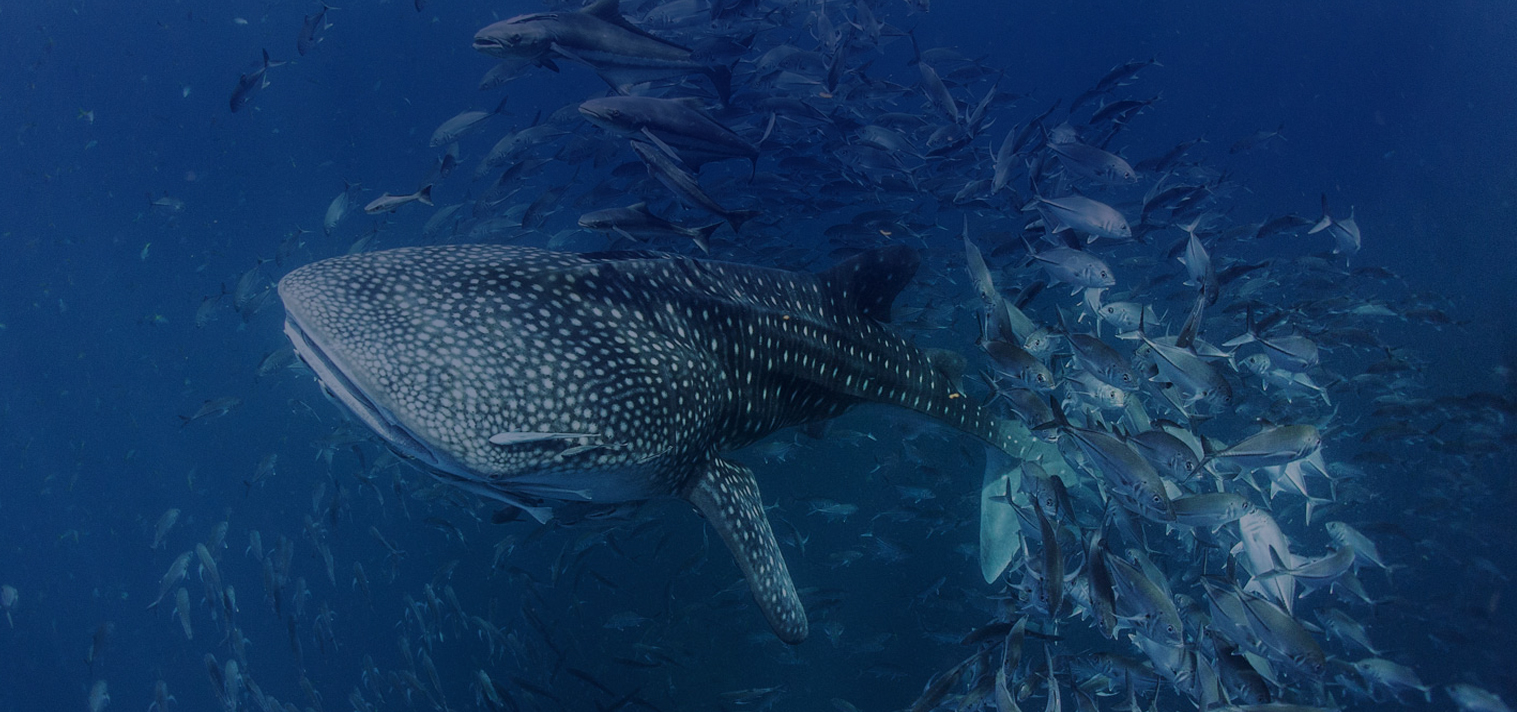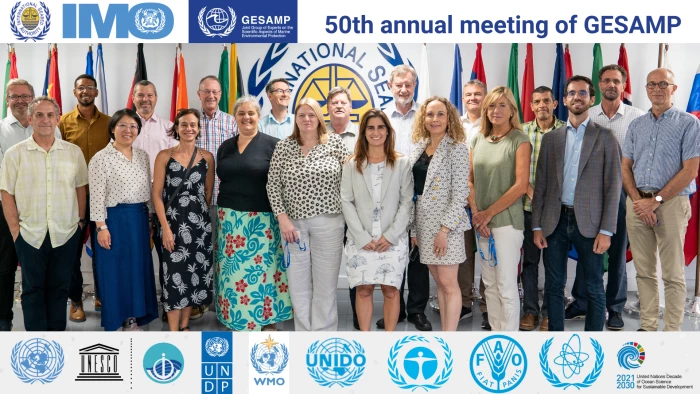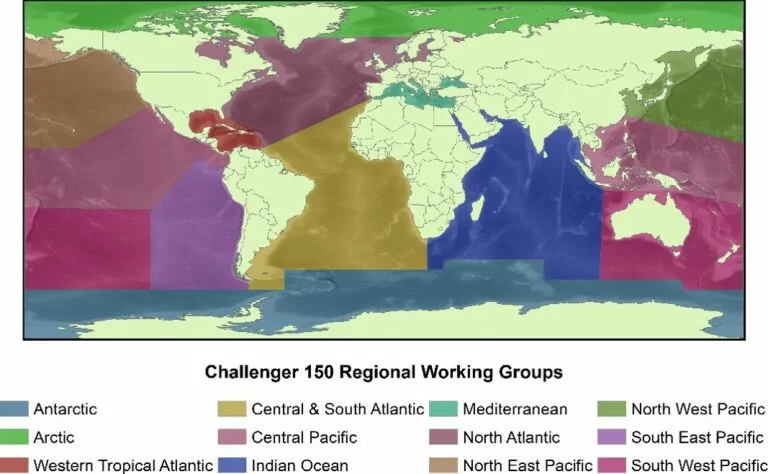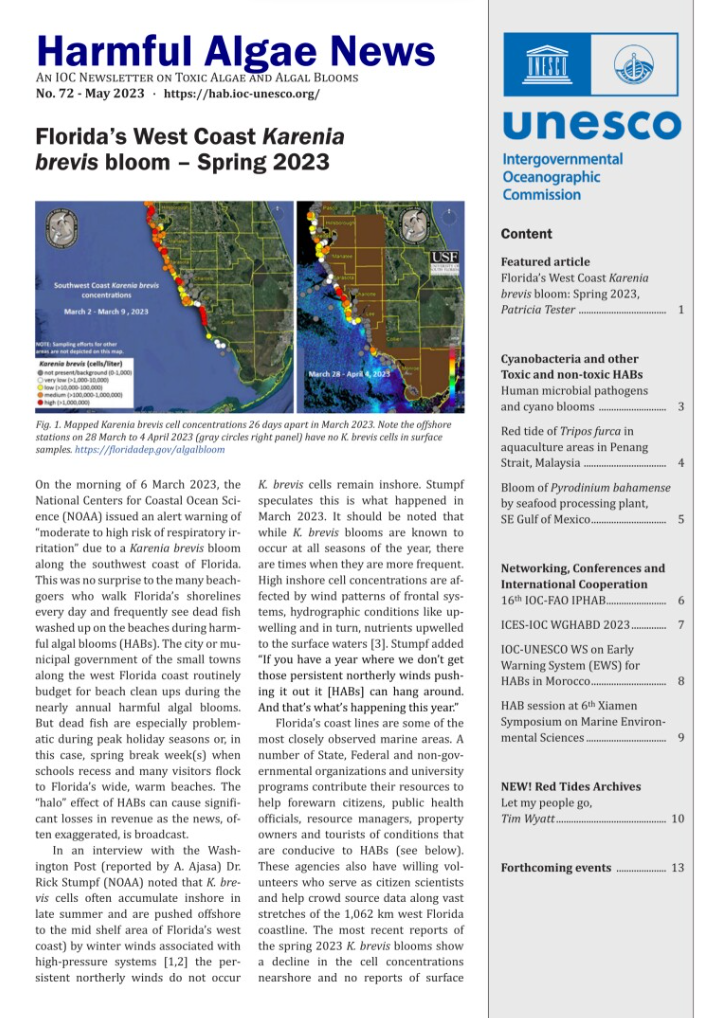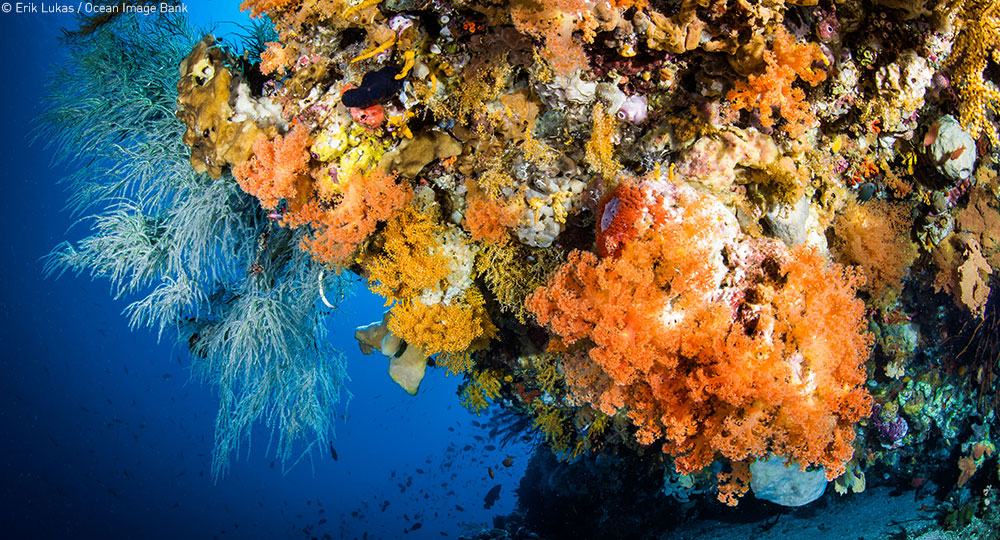The day featured two key events hosted by IOCARIBE, the UN Ocean Decade, and the newly established Decade Coordination Office for the Tropical Americas and Caribbean (TAC-DCO). The morning began with a breakfast meeting with representatives of Caribbean SIDS, aimed at promoting participation in the upcoming Island States Ocean Summit to be held in Tokyo in 2026. At midday, the partners convened the Rio 2027 Ocean Decade Workshop Lunch, which gathered ideas and perspectives to help shape the next UN Ocean Decade Conference in Rio de Janeiro, Brazil, in 2027.

29 Octubre 2025
In parallel, the First Joint Workshop of the Ocean Coordination Mechanism Working Groups took place under the GEF/UNDP/UNOPS PROCARIBE+ Project, while the Caribbean Biodiversity Fund and Environmental Defense Fund co-hosted the session “Financing the Future: Unlocking Sustainable Funding for Caribbean Biodiversity.” Discussions focused on strengthening the links between science, policy, and financing within the framework of the Global Biodiversity Framework.
The Habitats & Ecosystems session featured memorable presentations on mangrove restoration, water quality, and community-led hydrological monitoring.
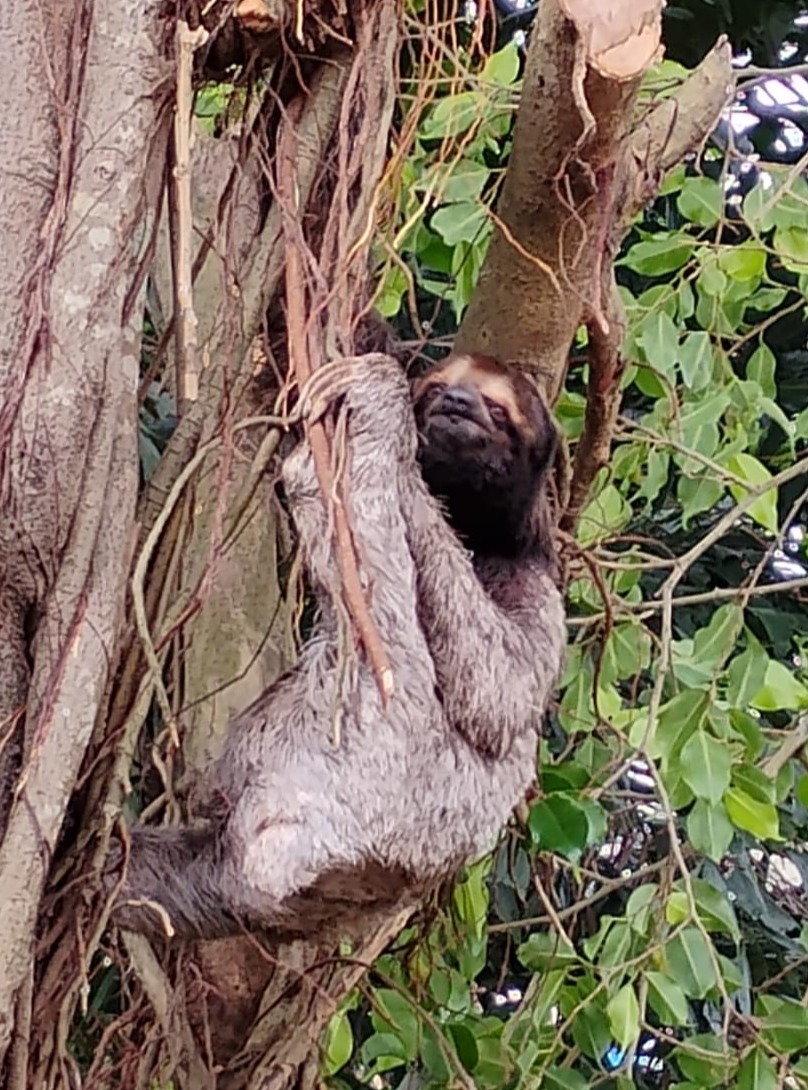
The afternoon offered exciting field trips through Cartagena’s historic sites, followed by the evening’s CineFish Film Festival, where environmental stories from across the region took center stage.
CURRENT NEWS ITEMS
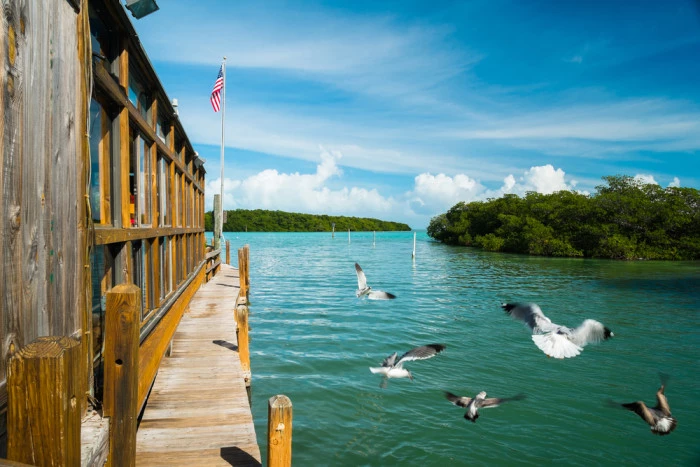
26 Septiembre 2023
The Department of Commerce and the National Oceanic and Atmospheric Administration (NOAA) of the United States announced $3.9 million to the Marine Technology Society (...
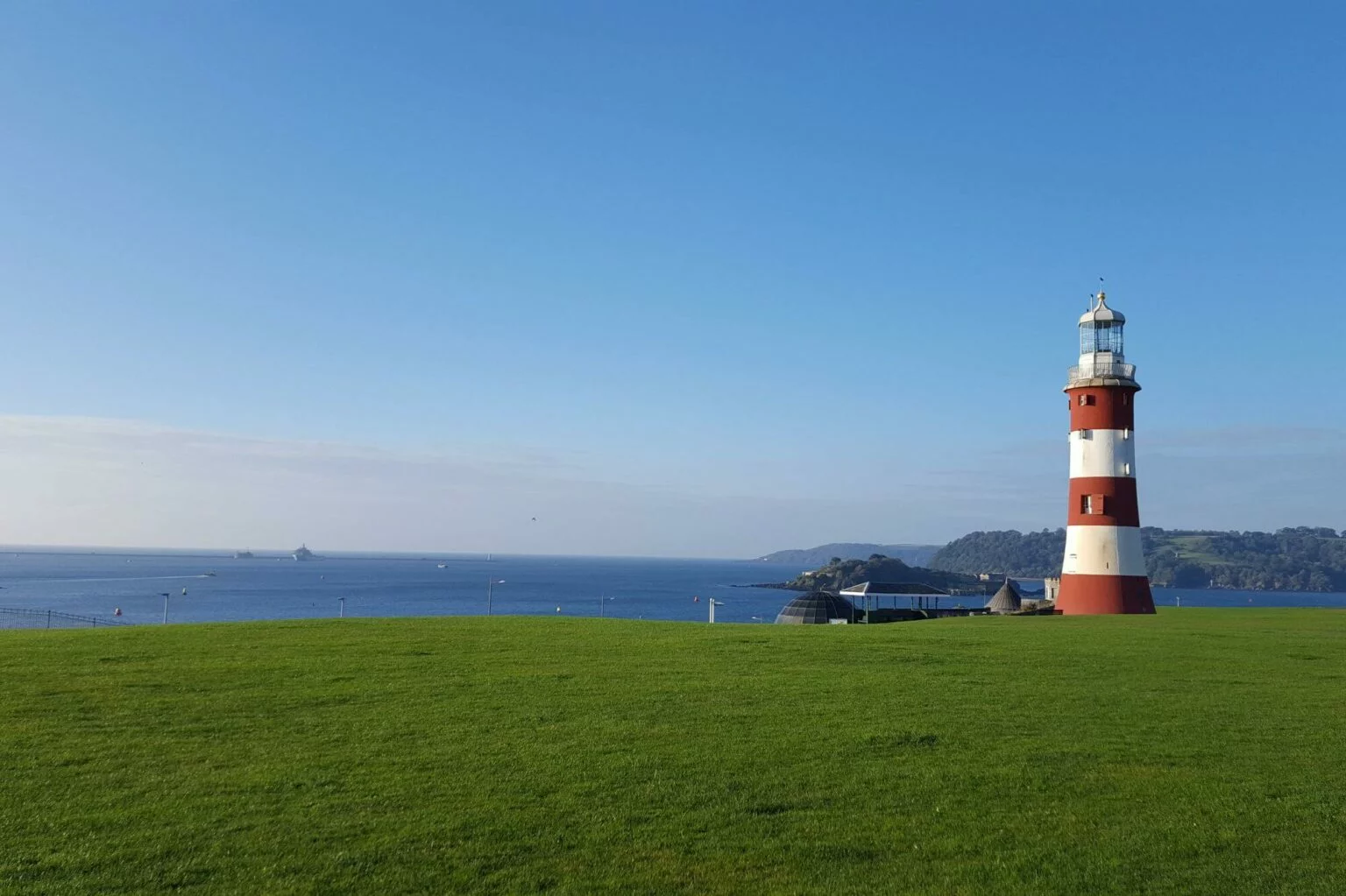
14 Septiembre 2023
‘Britain’s Ocean City’ welcomes the committee – whose members span the breadth of ocean science – to champion the UN Ocean Decade within the UK’s...
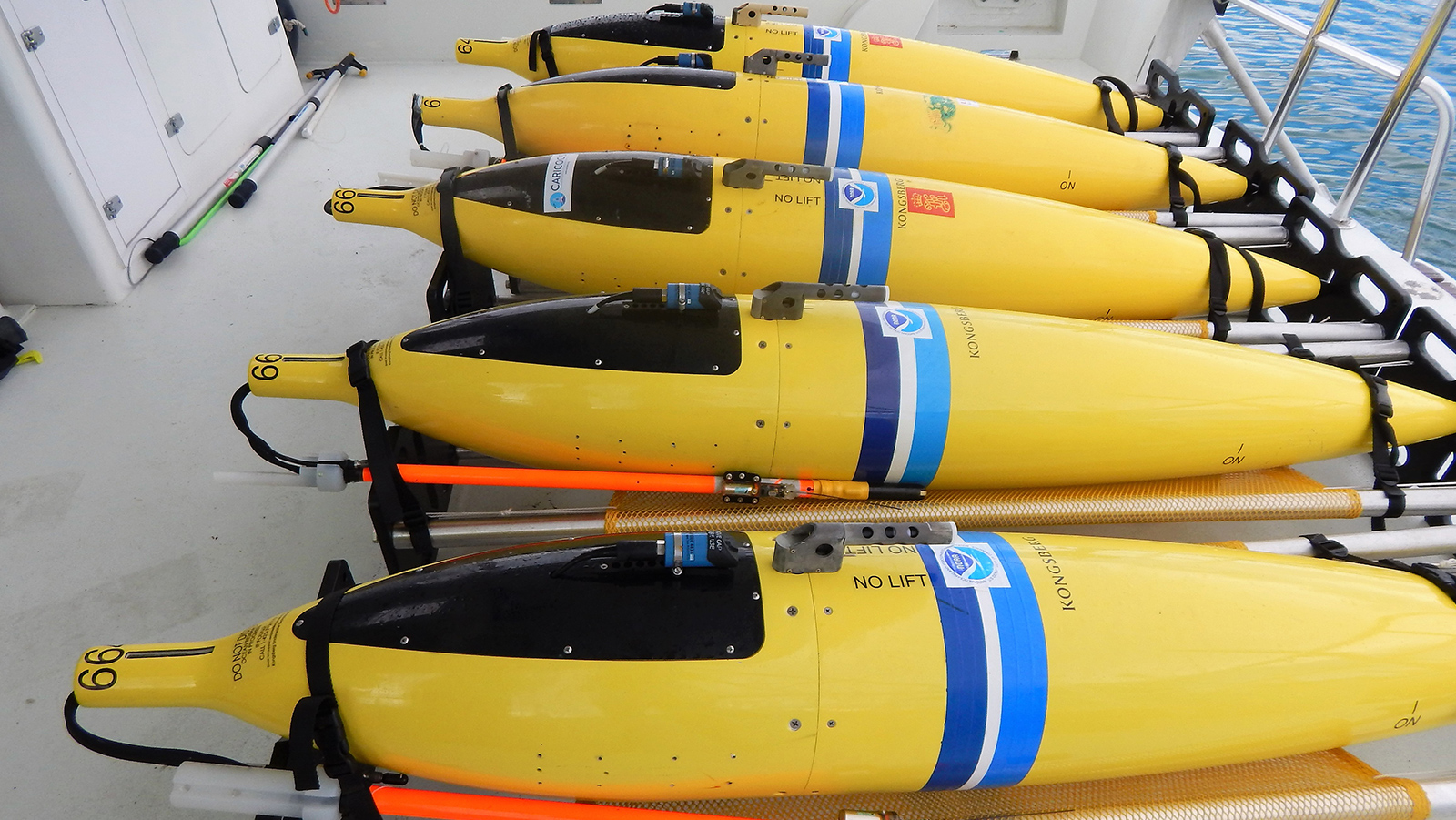
1 Agosto 2023
11 years after Hurricane Sandy hit the Caribbean islands and the East Coast of the United States in 2012, its destructive power is...

1 Mayo 2023
-
Drought, floods and heatwaves affect large parts of the world and the costs are rising
-
Global mean...
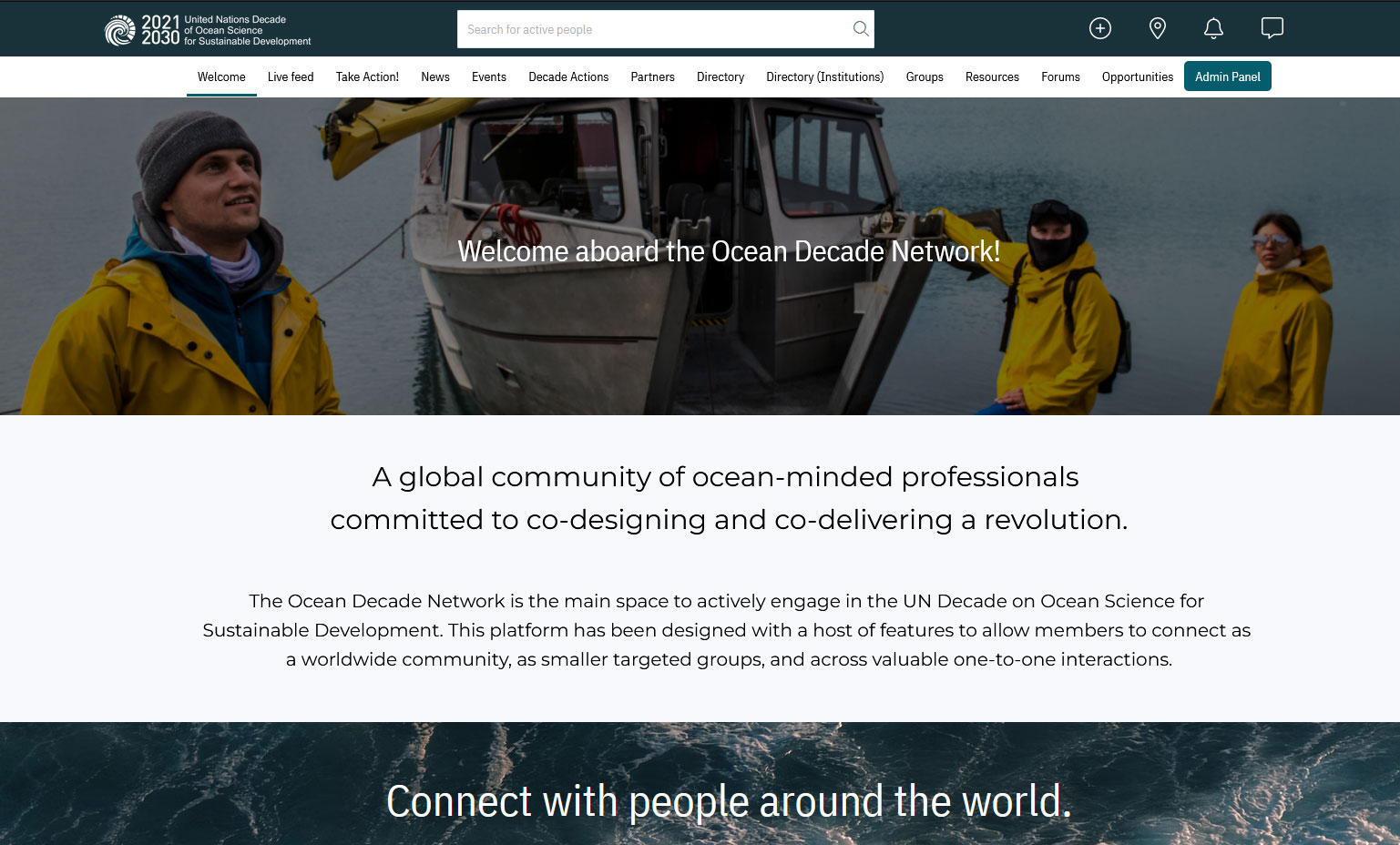
15 Abril 2023




